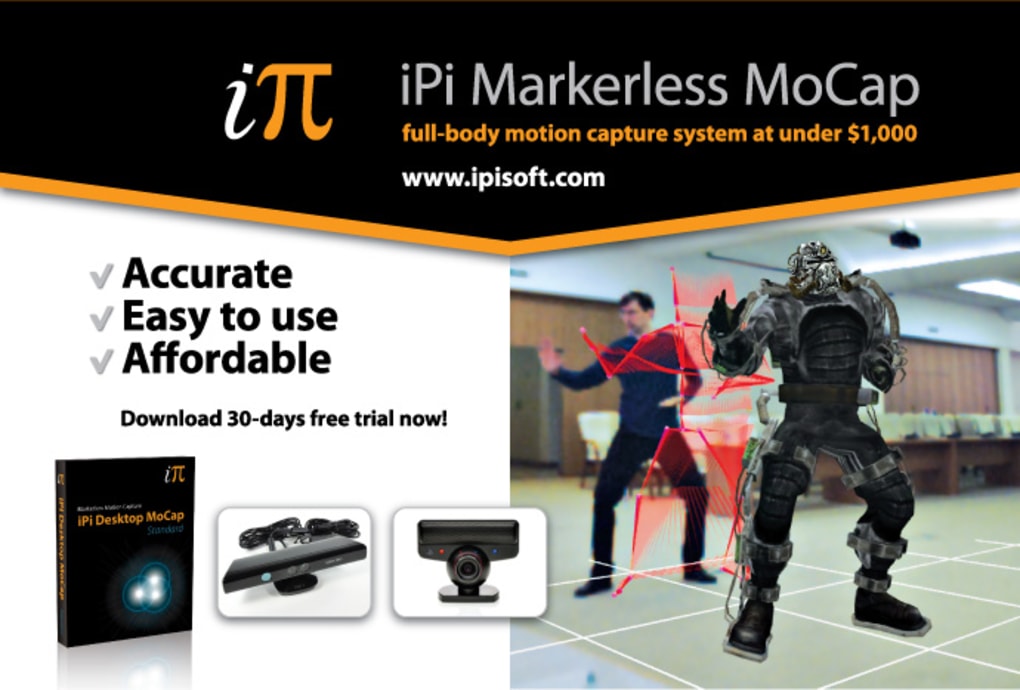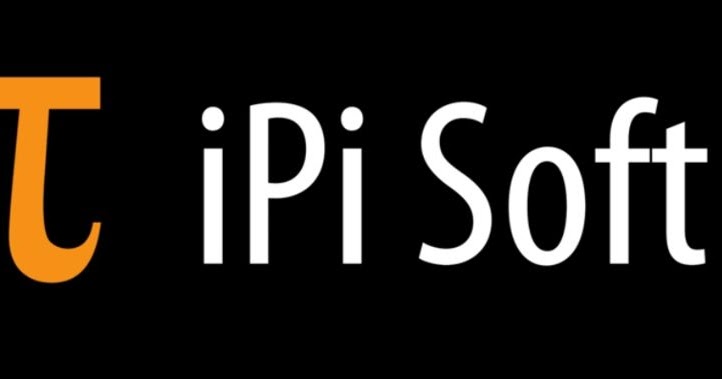
After extracting metrics of hip and knee joint motion, we assessed their potential clinical relevance by examining their correlations with quantitative mobility metrics derived from recordings of a wearable sensor during the same testing session, and also with a diverse range of other mobility-related physical function and health measures. We then deployed the depth-sensing camera in the community setting, where we recorded three-dimensional gait motion data from older adults during a uniform, structured mobility testing session.


We first verified that the depth-sensing camera captured joint motion similar to that obtained in a state-of-the-art motion analysis laboratory. The purpose of this study was to assess the utility of a portable, depth-sensing camera system for three-dimensional motion tracking of older adults in the community setting to obtain clinically relevant metrics of lower extremity joint motion during gait. Newly available depth-sensing cameras, shown in laboratory studies to be accurate in capturing certain aspects of gait are portable, inexpensive, and user-friendly and can therefore potentially be used to record three-dimensional body motion of older adults during instrumented mobility testing in the community, from which joint motion metrics can be extracted. Typically, however, joint motion of older adults is not examined as part of gait assessment in the community setting.
#Ipi mocap studio free alternatives portable#
For example, portable gait mats and wearable devices incorporating electronic accelerometers and gyroscopes now allow objective assessment of spatiotemporal features of gait and other mobility performances in large numbers of community-dwelling older adults. Recent advances in technology now offer new, innovative means of quantifying multiple dimensions of mobility in the community setting.
#Ipi mocap studio free alternatives full#
These testing limitations have led to critical gaps in our knowledge regarding gait biomechanics across the full health spectrum of older adults and their relation to mobility impairments. Repeated testing to obtain longitudinal data is also impractical. Many older adults, particularly those who are physically frail or have cognitive impairments, are unwilling or unable to undergo such assessments due to the required travel, as well as the testing burden itself. However, these technologies are typically available only in specially equipped laboratories at major medical centers or research institutions, not in community hospitals or clinics. Numerous studies have demonstrated the utility of motion-tracking technologies for elucidating the biomechanics and gait patterns associated with various types of mobility impairments across much of the lifespan. Buchman, Conceptualization, Data curation, Formal analysis, Funding acquisition, Investigation, Methodology, Project administration, Resources, Supervision, Writing – original draft, Writing – review & editing 1, 3 Bennett, Conceptualization, Funding acquisition, Investigation, Methodology, Project administration, Resources, Supervision, Writing – original draft, Writing – review & editing, 1, 3 and Aron S. Block, Conceptualization, Methodology, Writing – original draft, Writing – review & editing, 7 David A. Wimmer, Conceptualization, Data curation, Investigation, Methodology, Resources, Software, Supervision, Writing – original draft, Writing – review & editing, 4 Joel A.

Hausdorff, Investigation, Methodology, Writing – original draft, Writing – review & editing, 1, 4, 5, 6 Markus A.

Leurgans, Formal analysis, Validation, Writing – original draft, Writing – review & editing, 1, 3 Timothy Truty, Data curation, Investigation, Methodology, Software, Supervision, Writing – original draft, Writing – review & editing, 1 Thomas Curran, Software, Validation, Visualization, Writing – original draft, Writing – review & editing, 1 Jeffrey M. Dawe, Conceptualization, Data curation, Formal analysis, Funding acquisition, Investigation, Methodology, Project administration, Resources, Software, Supervision, Validation, Visualization, Writing – original draft, Writing – review & editing, 1, 2, * Lei Yu, Formal analysis, Investigation, Methodology, Validation, Writing – original draft, Writing – review & editing, 1, 3 Sue E.


 0 kommentar(er)
0 kommentar(er)
